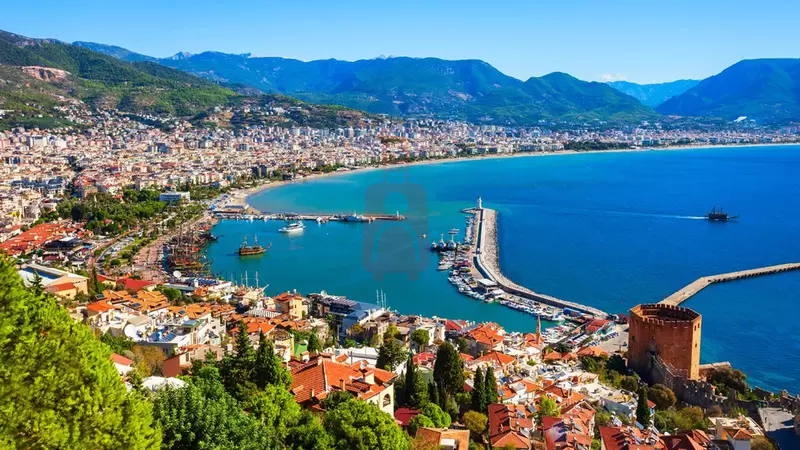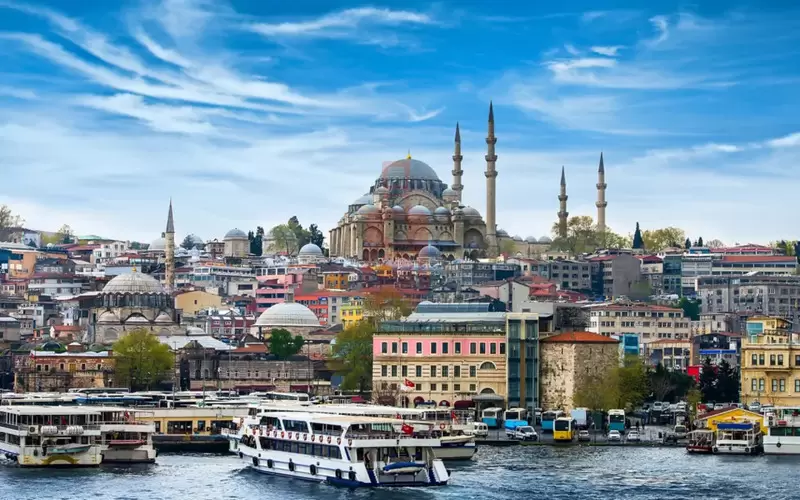War of Independence
The War of Independence in Turkey, fought between 1919 and 1923, was a pivotal conflict that emerged in response to the occupation of Anatolia by Allied forces following World War I. Led by Mustafa Kemal Atatürk, the nationalist movement aimed to establish a sovereign Turkish state. The struggle united various factions and mobilized the population against foreign intervention and internal divisions. Key battles, such as those at Sakarya and Dumlupınar, showcased the resilience of Turkish forces. Ultimately, the successful campaign led to the establishment of the Republic of Turkey in 1923, marking a significant turning point in the nation's history and laying the foundations for modern Turkish identity.
Ottoman Empire
The Ottoman Empire, founded in the late 13th century by Osman I, emerged as one of the most powerful empires in history. Centered in Anatolia, it expanded rapidly across Europe, Asia, and Africa, reaching its peak in the 16th century under Suleiman the Magnificent. The empire was known for its sophisticated administrative system, cultural achievements, and architectural wonders, including the Hagia Sophia and Topkapi Palace. The millet system allowed diverse religious communities to coexist and govern their own affairs. Following centuries of prosperity, the empire faced decline in the 19th century due to internal strife and external pressures, ultimately leading to its dissolution after World War I and the establishment of modern Turkey.
Anatolian Seljuk State
The Anatolian Seljuk State emerged in the late 11th century following the Battle of Manzikert in 1071, which opened Anatolia to Turkish settlement. Founded by the Seljuks, it played a crucial role in the region's political landscape, establishing a powerful presence that challenged Byzantine authority. The state fostered cultural and architectural advancements, exemplified by magnificent structures such as the Great Mosque of Kayseri and the Alanya Castle. The Seljuks also promoted trade and agriculture, facilitating economic growth. However, internal strife and external pressures from the Mongols and Crusaders led to its decline in the late 13th century, paving the way for the rise of the Ottoman Empire and shaping the future of Turkey.
Ramazanoğulları
Ramazanoğulları was a notable beylik in southern Anatolia, established in the late 14th century, with its center in Adana. The beylik emerged during a time of political fragmentation, positioning itself as a significant power in the region. Known for its military strength, Ramazanoğulları frequently engaged in conflicts with neighboring states, including the Mamluks and the Ottomans. The beylik is recognized for its rich cultural contributions, particularly in architecture, with structures such as mosques and bridges showcasing a blend of Turkish and Islamic styles. By the early 16th century, Ramazanoğulları was absorbed into the Ottoman Empire, leaving a lasting legacy in the history and culture of Anatolia.
Dulkadiroğulları
Dulkadiroğulları was a significant beylik in eastern Anatolia, established in the late 14th century, with its capital in Elbistan. The beylik played a crucial role in the region's political landscape, serving as a buffer between the Ottoman Empire and the neighboring territories. Known for its military prowess, Dulkadiroğulları engaged in various conflicts, often aligning with the Ottomans against common foes. The beylik is recognized for its rich cultural heritage, including architectural works such as mosques and caravanserais that reflect a blend of Turkish and Armenian influences. In the early 16th century, Dulkadiroğulları was absorbed into the Ottoman Empire, leaving a lasting impact on the region's historical narrative.
Menteşeoğulları
Menteşeoğulları was a prominent beylik in southwestern Anatolia, established in the late 13th century, with Muğla as its capital. Known for its strategic location along trade routes, the beylik thrived economically through commerce and maritime activities in the Aegean Sea. Menteşeoğulları is recognized for its rich architectural heritage, including mosques, caravanserais, and fortifications that reflect a blend of Turkish and Byzantine influences. The beylik also played a key role in the cultural development of the region, supporting art and literature. By the late 15th century, Menteşeoğulları was incorporated into the expanding Ottoman Empire, leaving a lasting legacy in Anatolia's historical narrative.
Aydınoğulları
Aydınoğulları was a prominent beylik in western Anatolia, founded in the early 14th century, with Aydın as its capital. It emerged during the decline of the Seljuk Sultanate of Rum and played a significant role in regional politics and trade. The beylik was known for its maritime activities, developing a strong naval presence in the Aegean Sea. Aydınoğulları was also a cultural hub, fostering the arts and architecture, evident in the construction of mosques, madrasas, and caravanserais. Their influence extended until the late 15th century when they were absorbed into the Ottoman Empire. The legacy of Aydınoğulları continues to shape the historical and cultural landscape of the region.
Germiyanids
The Germiyanids were a prominent beylik in western Anatolia, established in the late 13th century. Based in Kütahya, the Germiyanids played a significant role in the region's political landscape, often acting as a counterbalance to the growing power of the Ottoman Empire. They were known for their patronage of the arts and architecture, commissioning beautiful mosques, madrasas, and caravanserais that reflect a blend of Turkish and Persian styles. The beylik flourished economically, benefiting from its location along key trade routes. In the late 15th century, the Germiyanids were absorbed into the Ottoman Empire, but their cultural legacy continues to influence the region’s identity and history.









